Rick Owens: From Fashion to Furniture
With long dark hair and angular face, clad in a tight tank top and skinny black jeans (from his own line), the California-bred, Paris-based designer exudes the now-famous “anti-glamour” aesthetic of his collections. In the words of PaperMag.com, the designer “looks like a younger version of Iggy Pop.” He was fairly unknown until an image of Kate Moss in his fitted distressed leather jacket, styled by Panos Yiapanis and shot by Corrianne Day, appeared in Paris Vogue.
In September 2002 during Fashion Week, with the support of US Vogue and Anna Wintour (fashion editor and inspiration for The Devil Wears Prada), he showed his first runway collection – and US Vogue featured him (and his muse Kembra Pfaler) in a spread shot by Annie Leibovitz. In other words, Rick Owens began to gain support and recognition from the most influential and esteemed people in the world of fashion. “I try to make clothes the way Lou Reed does – minimal chord changes, and direct. It is sweet but kind of creepy. It’s about giving everything I make a worn, softened feeling. It’s about an elegance being tinged with a bit of the barbaric, the sloppiness of something dragging and the luxury of not caring.” Owen’s shop in the Palais Royal carries his signature line, Revillon (the label founded in 1723 that he became the designer of four years ago) and the furniture collection, which he claims he started on a whim – to furnish his own house. “The furniture is an expensive hobby,” he says. “But I am completely committed to it.”
Lounge Chair. Designed by Rick Owens.
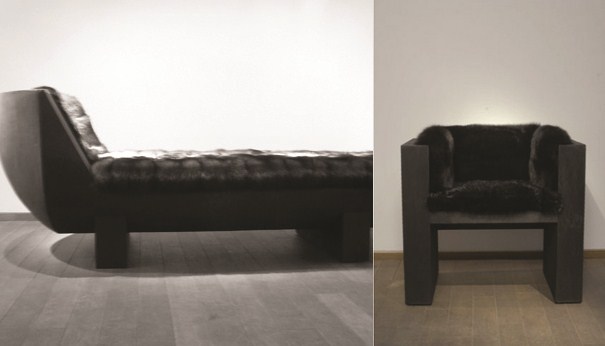
Lounge Chair. The Curial Chair. Designed by Rick Owens.
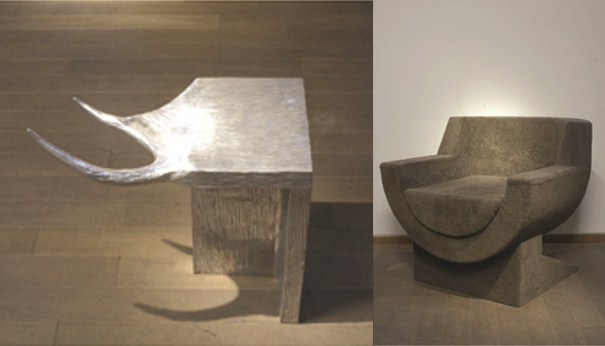
Bench. Galic Chair. Designed by Rick Owens.
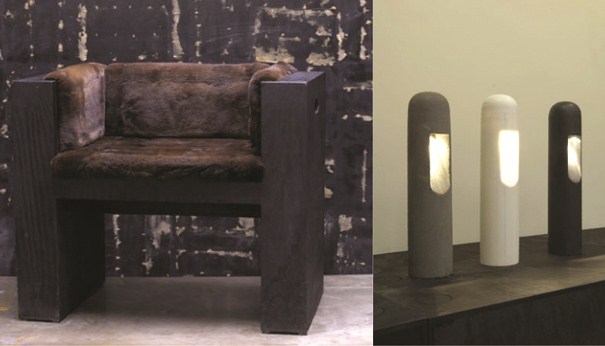
Chair. Cement Lamp. Designed by Rick Owens.
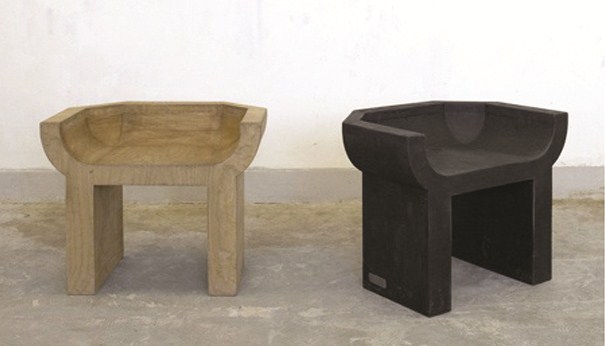
The Curial Chair. Designed by Rick Owens.
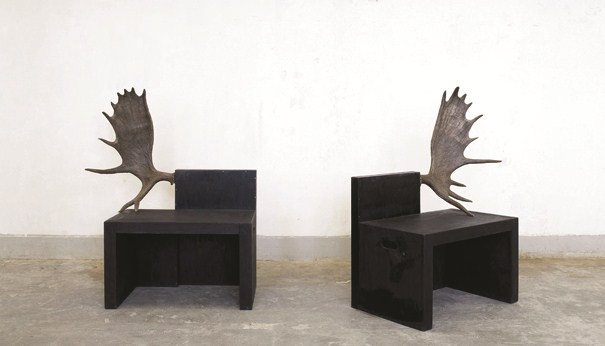
Stag Bench in Stained Black Plywood with Antlers. Designed by Rick Owens.
“Biblical, Brutalist, Bauhaus and Bakersfield.” Raw plywood, concrete, resin and bones are juxtaposed against supple cashmere, mink and fox fur. Antlers and bones sometimes appear to fly off the corners of chairs. The collection includes sofas, chairs, lighting and other pieces sculpted in austere architectural shapes, sometimes on a very large scale. Parisian dealer Philippe Jousse invited Owens to show his furniture shortly after seeing the pieces Owens had made for himself. Oscar Humphries, a figure in London’s design/art scene describes Owens’ furniture as“ something entirely new and deeply creative. Like a true prophet Rick Owens lives what he preaches.” Humphries is showing Owens’ furniture in London, including several entirely new pieces.
The collection brings up an important question: Do fashion designers-turned-furniture designers need to produce good work in order to gain recognition or does the designer’s reputation carry him or her? Fashion houses such as Missoni and Bottega Veneta have expanded into furniture design. Do people buy simply for the name, or because the pieces are actually “good design”?

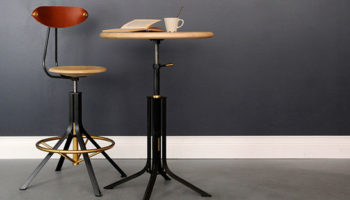
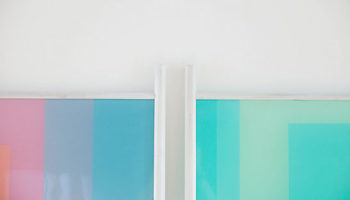

Leave a Reply